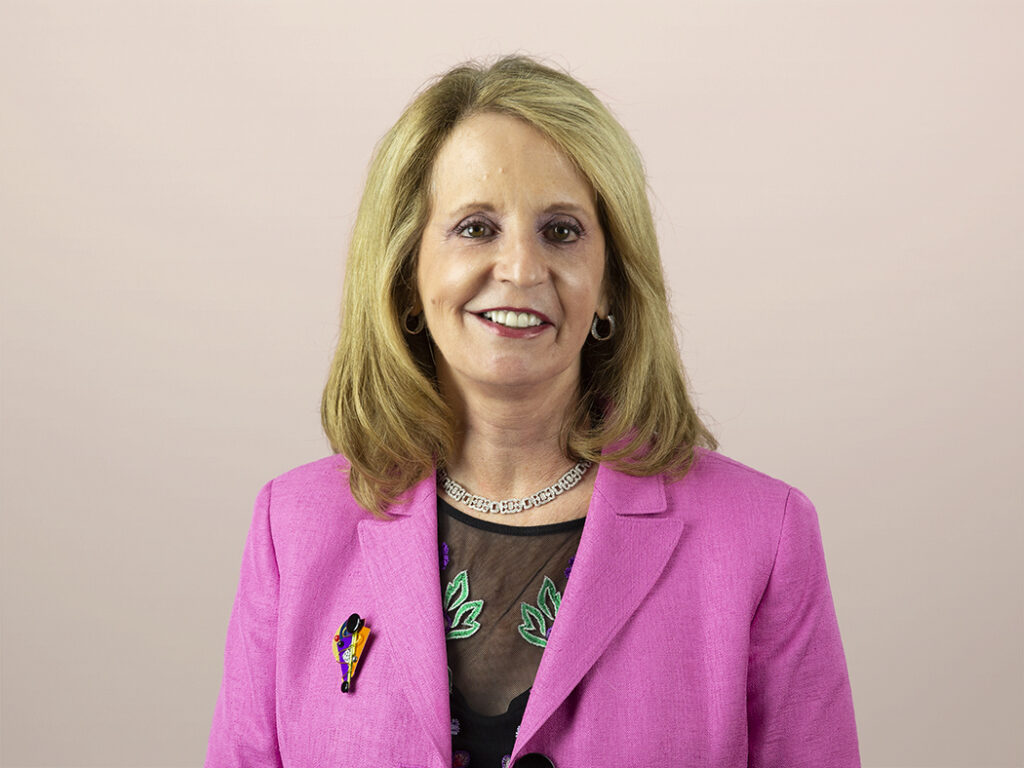Adopt The Customer Life Cycle To Accelerate Your Journey To Customer Obsession
In ancient Greek mythology, Cassandra, the beautiful daughter of the King of Troy, had the gift of prophecy with complete knowledge of future events. But the impact of Cassandra’s gift was stymied by her inability to alter the future or even convince others of the validity of her predictions. The metaphor of Cassandra hasn’t remained just an interesting myth. We see it applied in a variety of contexts, including politics, psychology, science, entertainment, philosophy, and business.
Since at least 1949, when French philosopher Gaston Bachelard coined the term “Cassandra complex,” organizations have been grappling with the disconnect between establishing a new vision for the business with the ability to reach consensus and actually move forward toward reaching that vision. Achieving a clear, shared vision is often difficult, as it does not match reality and many not feel a sense of urgency to change, resulting in a lack of commitment to the new vision. At the same time, those who support the new vision are termed Cassandras — they are able to see what is going to happen, but no one believes them. Even Warren Buffett, who repeatedly warned that the 1990s stock market surge was a bubble, earned the title of “Wall Street Cassandra.”
With the age of the customer upon us, marketers find themselves stuck in a similar situation. CMOs recognize that empowered customer behavior has changed their world dramatically. And these same CMOs understand that they must adjust the way they think about and implement their go-to-market strategies with the customer at the center. But this realization is often fleeting, stuck in a Cassandra complex of its own.
That’s where my new report, “Use The Customer Life Cycle To Power Your Transformation To Customer Obsession,” can help. Together with the Association of National Advertisers (ANA), we surveyed senior marketers using our customer life-cycle (CLC) maturity assessment to evaluate the current state of marketing leaders’ shift toward putting the customer at the center of all marketing activities.
While our research found that 87% of marketers believe that the customer life cycle is better than the sales and marketing funnel for representing a customer-obsessed point of view, most marketers are only partway through adopting a CLC approach. In fact, 70% of marketing leaders surveyed still aspire to achieve CLC maturity. In my new report, we define what actions CMOs must take to reach the desired maturity level:
- Adopting a customer life-cycle-based approach across the enterprise demands changes to marketing strategy, organizational alignment, analytics, measurement, and marketing technology.
- Marketers must put their understanding of customer centricity’s value in shaping their strategy into action. CMOs must match specific customer activities with tailored marketing actions to deepen engagement and enhance customer relationships.
- To become truly customer-obsessed, CMOs must use the CLC to reorient measurement and analytics approaches — from measuring specific touchpoints and transactional activities to measuring the value of the full customer relationship, from initial discovery through purchase, repurchase, and ongoing engagement.
To truly take your organization to the next level of customer obsession, align your organization to the customer life cycle. CMOs should use this report to benchmark their current customer life-cycle marketing performance against their peers’ and put the results to work to better win, serve, and retain customers.
What are you doing to learn from these lessons? Have you moved your organization beyond a Cassandra approach? I’d love to hear your comments and perspectives about this topic. Please reach out to me via email, on my blog, or on my Twitter account with your thoughts.
